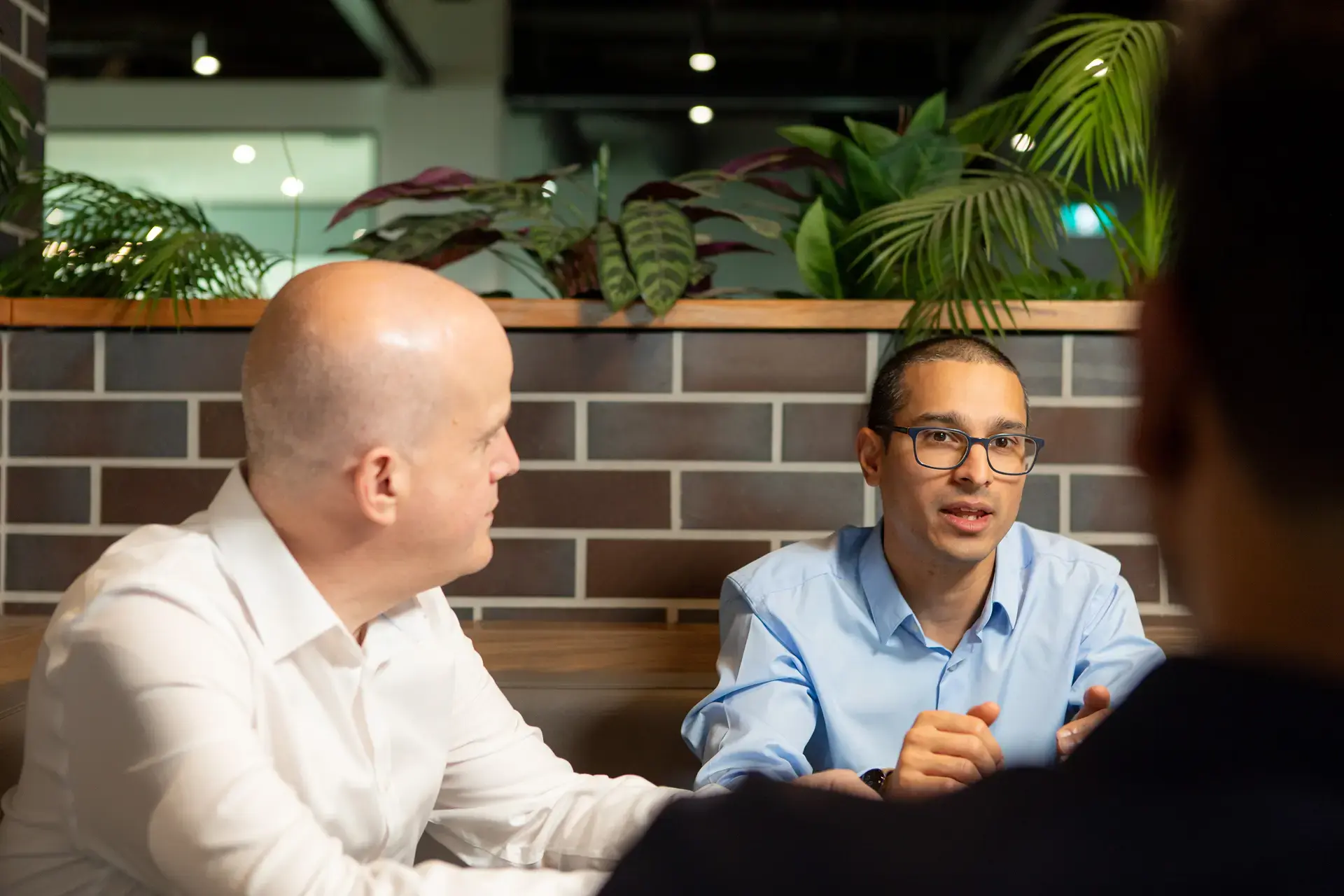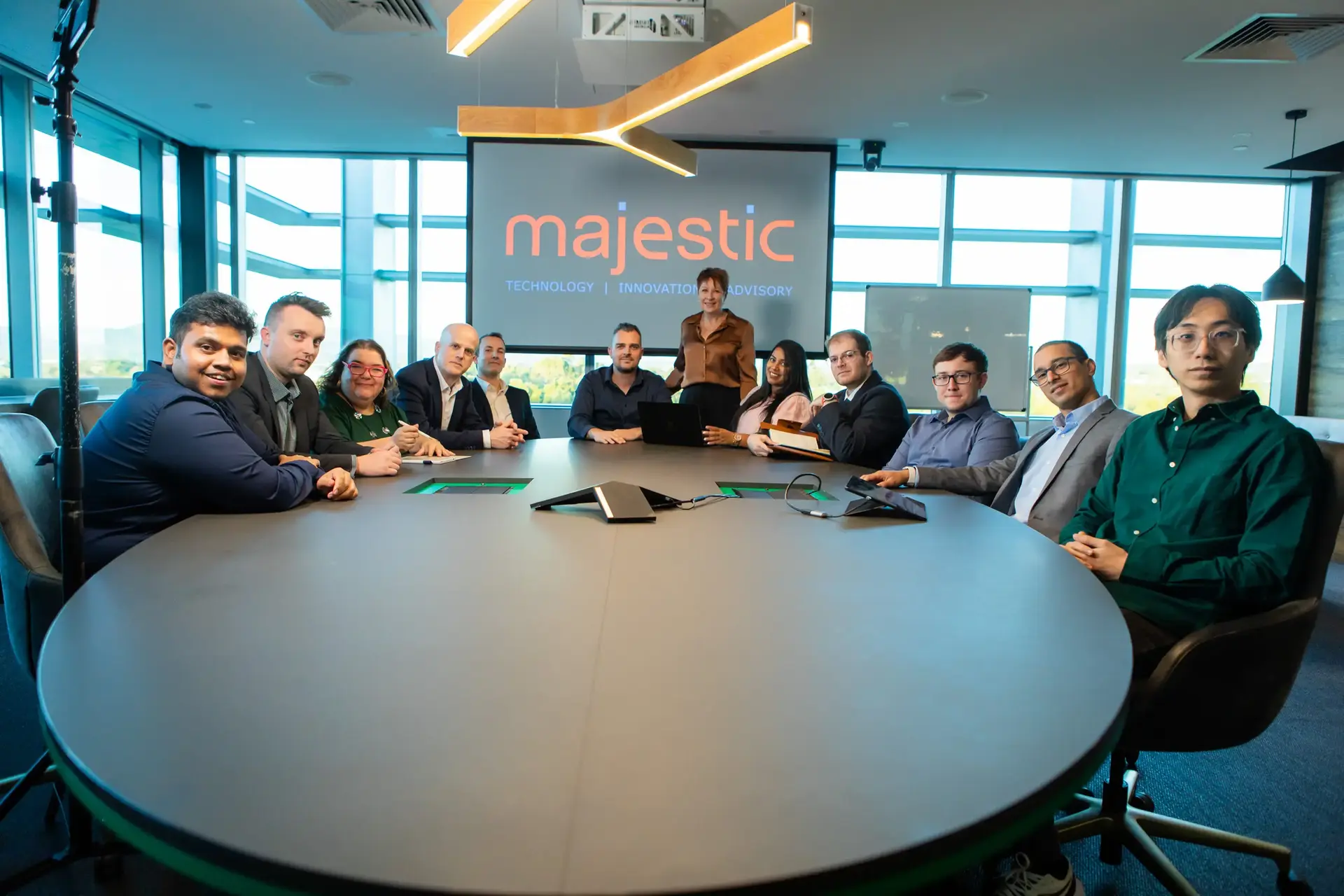Majestic CEO Tal Evans taking us behind the scenes and how he grew from an early start to IT in his teens, through a career that has led him to Majestic
At Majestic we pride ourselves on getting to know our clients, not just being another managed services provider. So, it’s only fair that we let you get to know us too. I’ve been in and around the technology industry for over three decades now, starting quite young as a software developer. In fact, I hadn’t even finished school at the time.
By the time I was 18, I got involved in my own business, developing custom software for organisations at a time when there was a lot less available to buy off the shelf. They were really interesting times. I learnt a lot about how technology can improve processes for organisations. Forging forward, with mergers and strategic growth, we built what was about 10 years ago, one of the largest privately held IT service providers in this country. It had about 200 staff and $180 million in annual revenues for the group. It was quite a significant business and I really enjoyed that time. I took a some time out of IT to get involved in manufacturing and distribution of machinery. It was something completely foreign to me the time, but it nevertheless provided me with some really good insight into how some of our clients operate.
But before long, I came to the conclusion that technology was really in my blood and it was time to return to my original industry. Along came Majestic, which provided a great opportunity to re-engage in the technology sector and jump back on board. My time with Majestic has been quite a ride. We’ve re-focused the business in a different area and grown and nurtured the team. It’s been great to watch as they’ve both developed and delighted our clients and as they continue to do so every day.
I sometimes get asked what the biggest lesson is that I’ve learnt during my time in the technology space and I’ve learned so much in 30 years in a rapidly changing industry that it’s been challenging to pick just one.
What has my biggest lesson been in the 30 years I’ve spent in this rapidly evolving industry?
I would say that my biggest learning was that nobody uses technology just for itself, in and of itself.
When I was a lot younger, my love of technology led me to believe that everyone else loved it too. How could everybody not see the things that I would see, and want to do the things that I loved doing? It was great! And everybody loves doing great things, right? But in reality, people use technology because it helps them achieve an outcome. It’s a means to an end, helping them to be more agile or helping them deliver something more rapidly / accurately. Technology helps them to do what they do, in a more economically viable fashion or in a timelier fashion.
Ultimately, nobody other than people in technology are really interested in technology. That’s a really important lesson to learn. It’s important for one main reason, and that is that IT has its own language, just like every other industry. Technologists often struggle to communicate ideas or strategy because they talk ‘their language’. They forget that when they’re talking to people who don’t have the same background and knowledge that they do that they need to talk in terms that will be commonly understandable.
Ultimately, what most people want to know about their technology is “If I’m going to make Investment A, how is it going to generate the outcome at I’m after?” And that, in a nutshell, is my most important lesson.
This week I discussed the biggest lesson I’ve learned during my time in IT, but recently I’ve also tackled another lesson that I believe SME’s within the Healthcare and NFP sector really need to learn, and that’s how to achieve a best practice approach to IT Management. To that end, I’ve created a whitepaper that addresses best practice for those industries. It looks not only at what best practice is, but what it looks like, how to achieve it, and why organisations need it.
I encourage you to find out more about best practice approach for your organisation and you can do so here.







